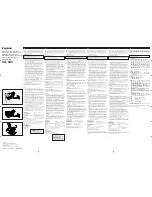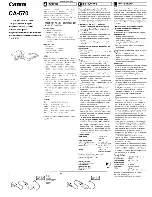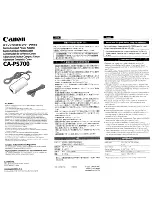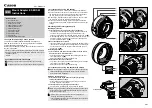
70
Brocade Adapters Troubleshooting Guide
53-1001582-01
Statistics
3
Displaying statistics through HCM
Use the Port Statistics dialog box to monitor a variety of port data. Launch this dialog box using the
following steps:
1. Launch the HCM.
2. Select the base adapter port from the device tree window.
3. Click Monitor > Statistics > Port Statistics.
Remote port statistics
Remote port statistics can help isolate end-to-end login problems. Use HCM and BCU to display
statistics for the following:
•
Port login (PLOGI) activity
•
Authentication and discovery (ADISC) activity
•
Logout (LOGO) activity
•
RCSNs received
•
Process logins (PRLI) received
•
Hardware abstraction layer (HAL) activity
•
Remote port speed capability (RPSC)
As an example of using these statistics for troubleshooting, if the host cannot see the target, you
can verify that the remote port (rport) is reporting itself online by comparing the rport offline and
rport online statistics. The rport online counter should be one greater than the rport offline counter.
If not, clear the counters and retry connecting to the remote port. Verify the rport online and rport
offline statistics again.
Displaying target statistics through HCM
Launch the Target Statistics dialog box using the following steps to display target statistics.
1. Launch the HCM.
2. Select the base adapter port from the device tree window.
3. Click Monitor > Statistics > Remote Port Statistics > Target Statistics.
Displaying remote port statistics through BCU
Use the rport --stats command to display remote port statistics.
rport –-stats <port_id> <rpwwn> [-l lpwwn]
where:
port_id
ID of the port for which you want to display rport statistics. This could be the
PWWN, port hardware path, or user-specified port name. This could also be
the adapter-index/port-index. For example, to specify adapter 1, port 1 you
would use 1/1 as the port identification.
lpwwn
Displays the logical PWWN. This is an optional argument. If the -l lpwwn
argument is not specified, the base port is used.
















































